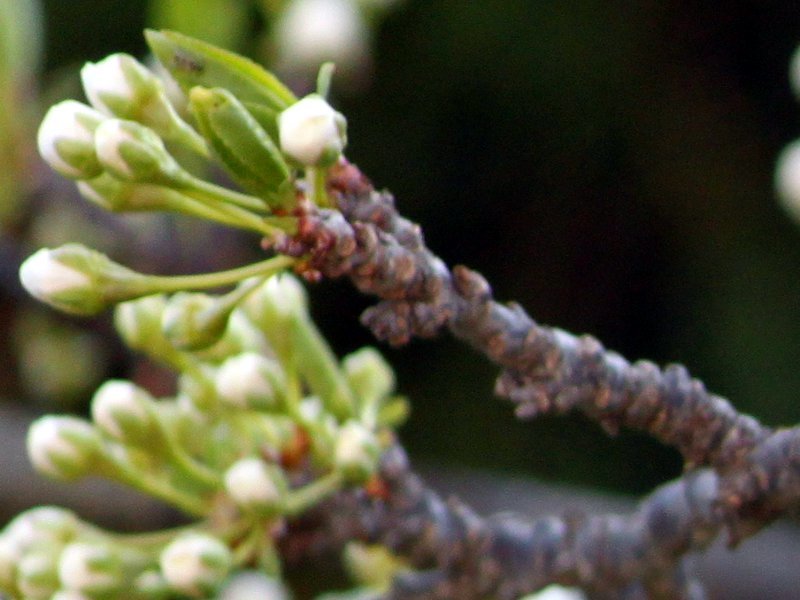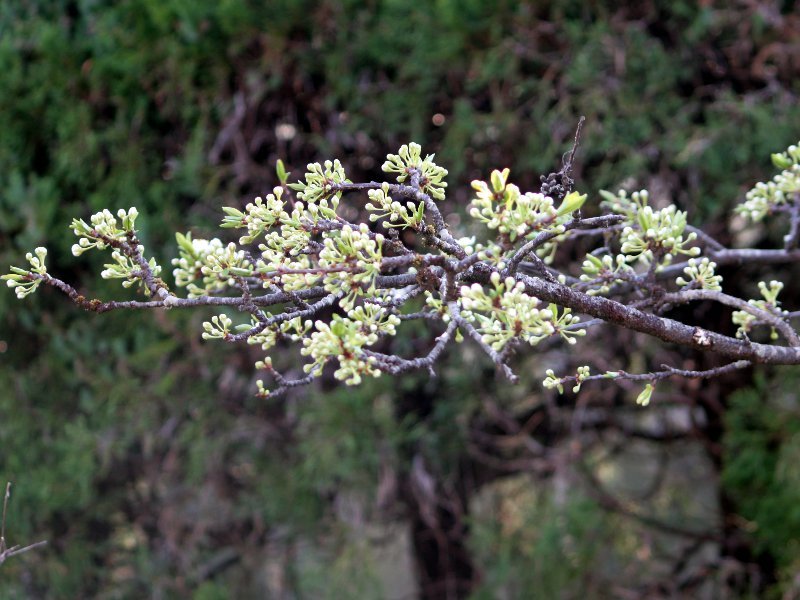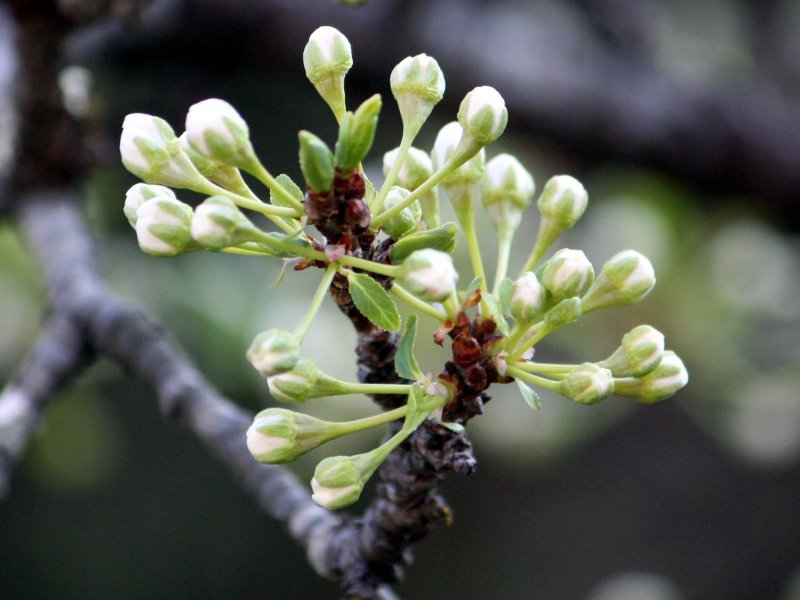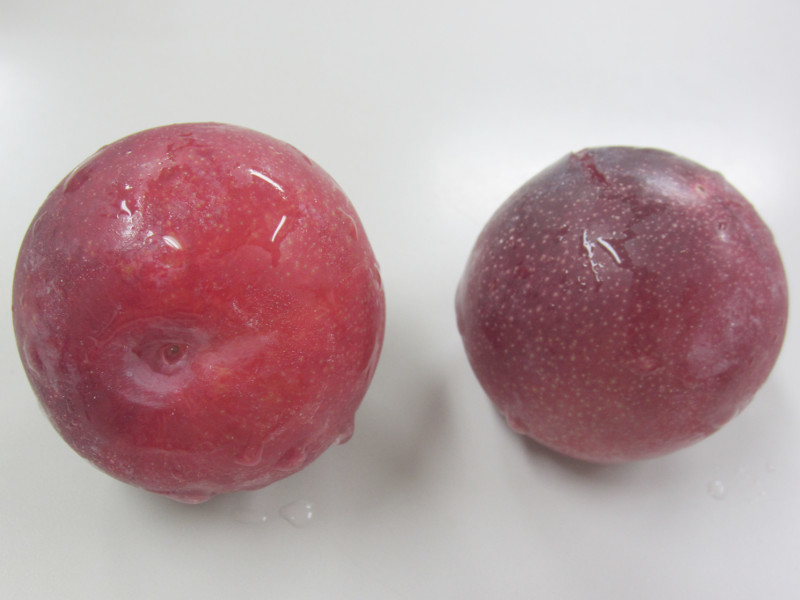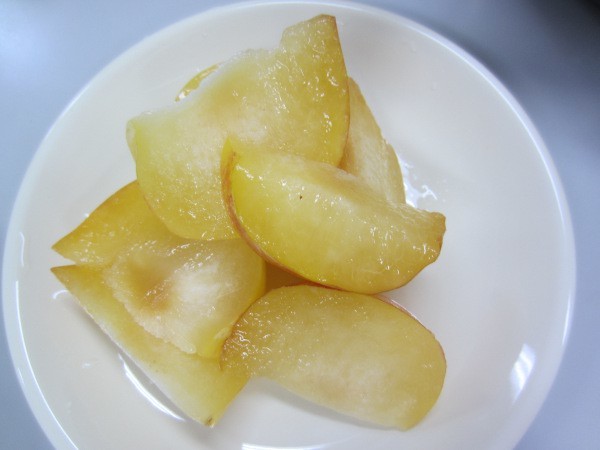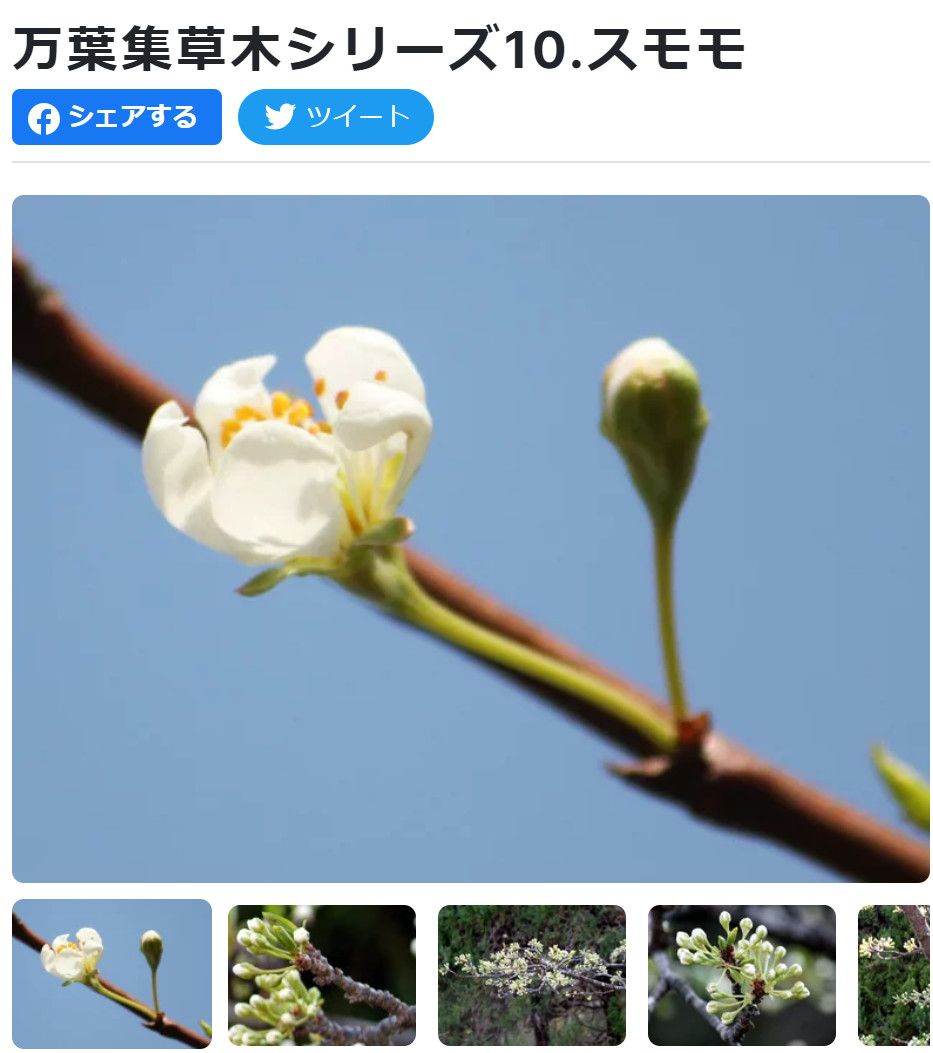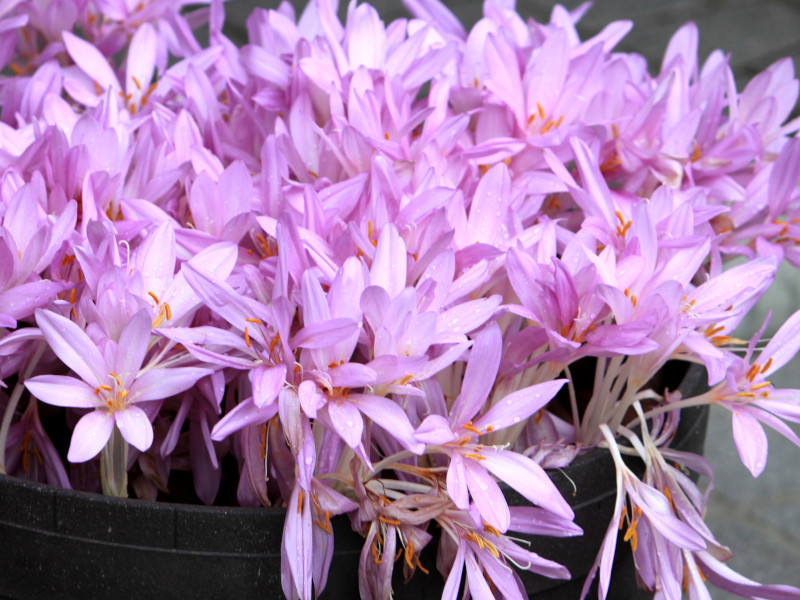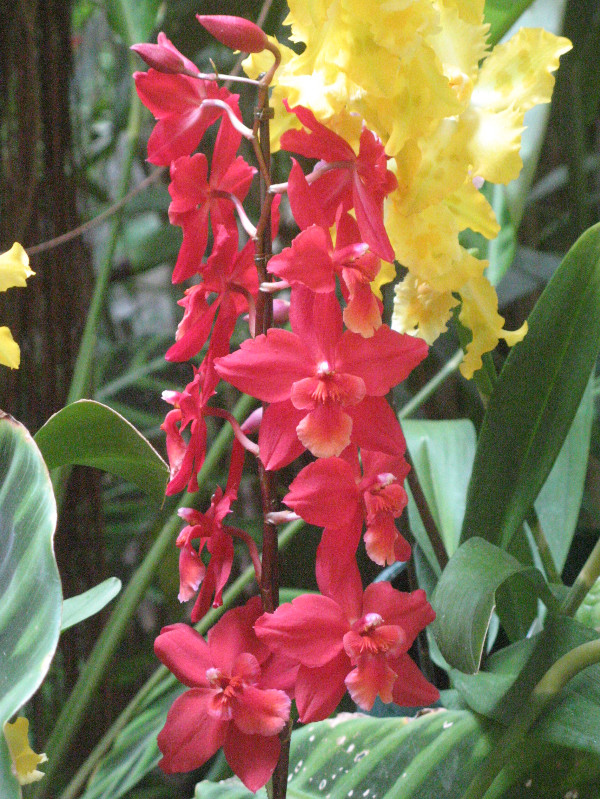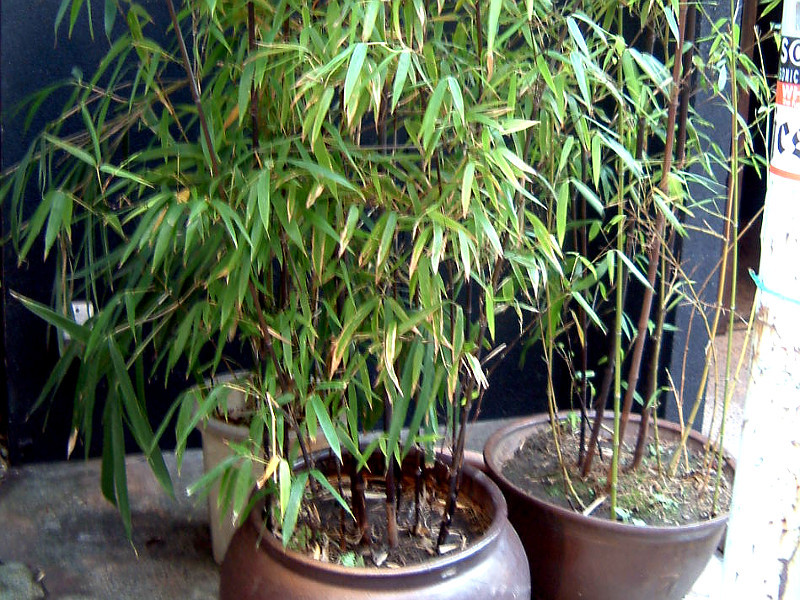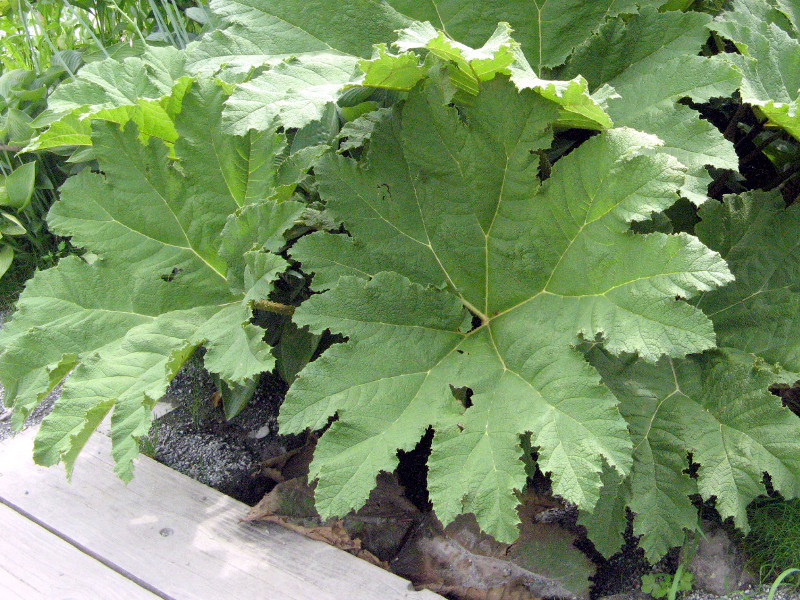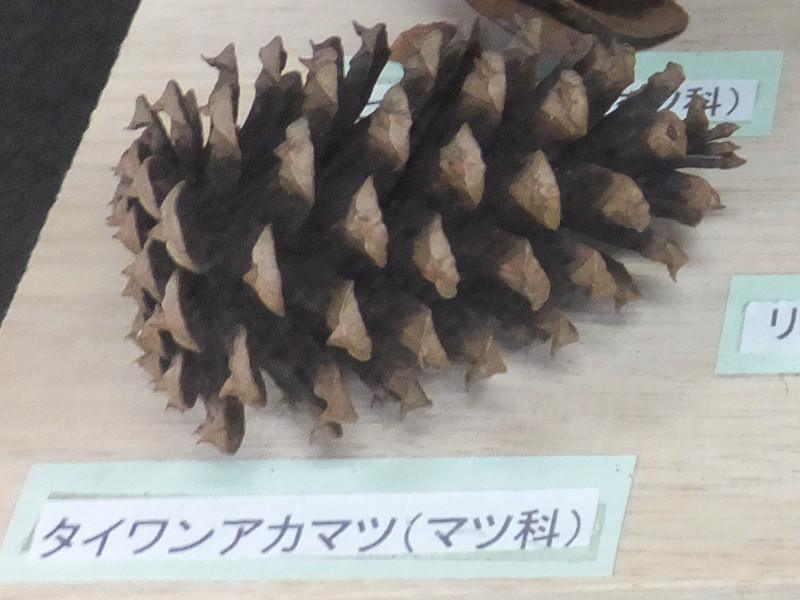Plum tree
National flower of North Korea
- Flower namePlum tree
- Scientific namePrunus salicina
- Alias酢桃, 李, ハタンキョウ, Prunus salicina, Japanese plum, プラム
- Place of originChina
- Place of floweringOrchard, Botanical Gardens
- Flowering seasonMarch, April
- Language of flowersChastity
What is Plum tree
Plum tree , scientific name: Prunus salicina , is a deciduous broad-leaved trees and its fruit of the genus Prunus of the family Rosaceae native to China. It was introduced to Japan during the Nara period. Simultaneously with the development of the leaves in the spring, the single flower inflorescences are extended to the tip of the flower which comes out of the branch, and white flowers of five petals bloom. The leaves in the bud are in a one-roll shape. After flowers, let the spherical fruits with grooves be made on the side. Pulp is pale yellow to brilliant and has sweetness and sourness. The surface of one large seed in the center is smooth. The origin of the name is based on the fact that the taste is sour and the shape of the fruit is similar to that of the rose family peach. Autumn leaves are also beautiful.
Common name: Plum tree, scientific name: Prunus salicina, national flower: North Korea, aka: Nippon sumomo (Japan season), Place of Origin: China, Living Type: Deciduous Broad-leaved Tree, Tree Height: 4 to 10 m, Single Leaf, Leaf Color: Green, Leaves: Alternate, Leaf Shape: Long Elliptical, Leaf Length: 3 to 7 cm : Flower color: white, number of petals: 5, inflorescence: single apical inflorescence, flower diameter: 2 cm, number of stamens: large number, fruiting period : June to September, peel color: red · crimson · yellow, fruit shape: spherical shape, pulp color: light yellow · red color, flavor: sweet and sour aroma included, weight: 70 - 200 g, fruit diameter: 4.5 cm, fruit type: Stone fruit and seeds: 1, remarks: Self incompatibility, saying "Do not correct crown to plum tree."

